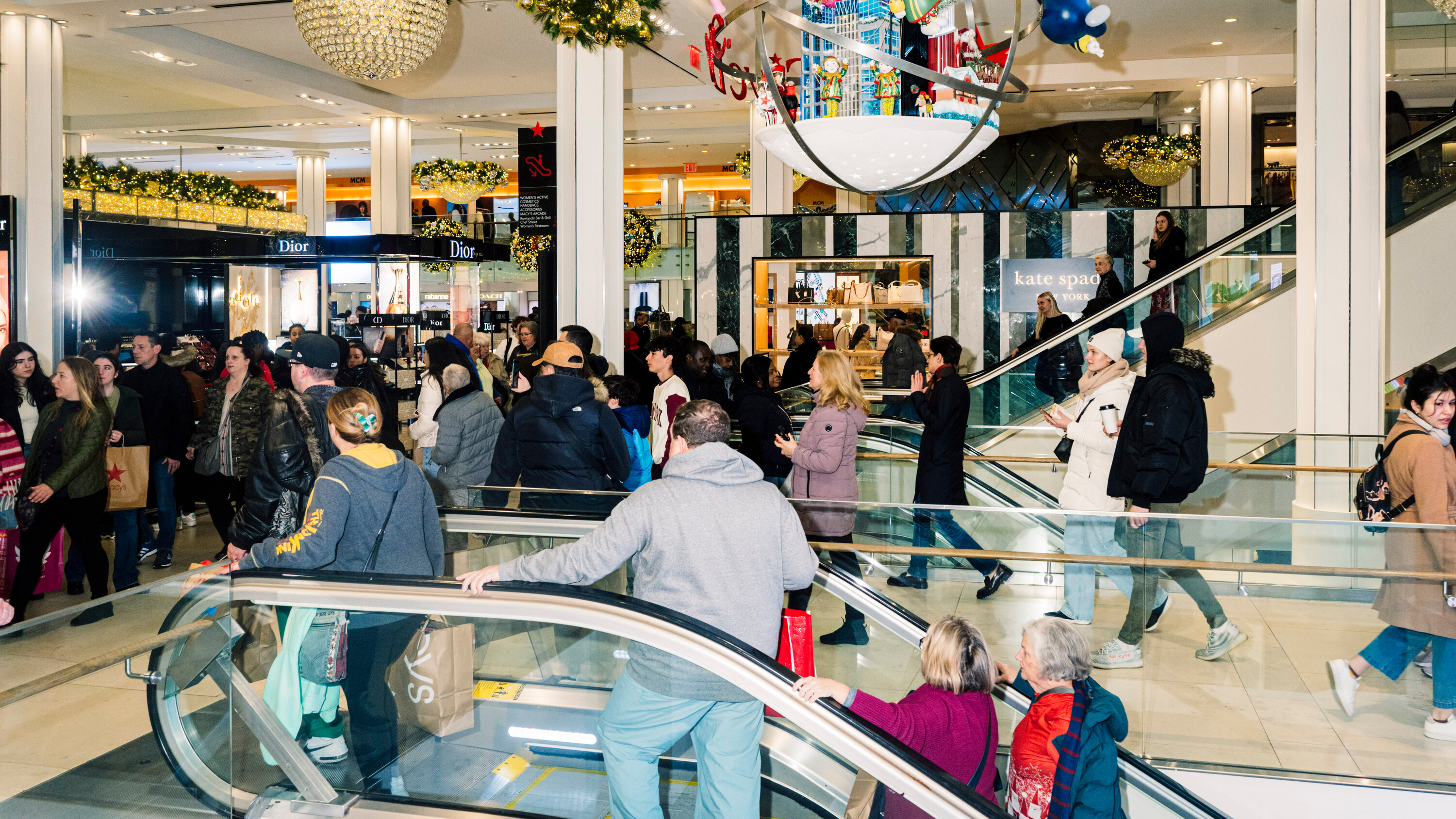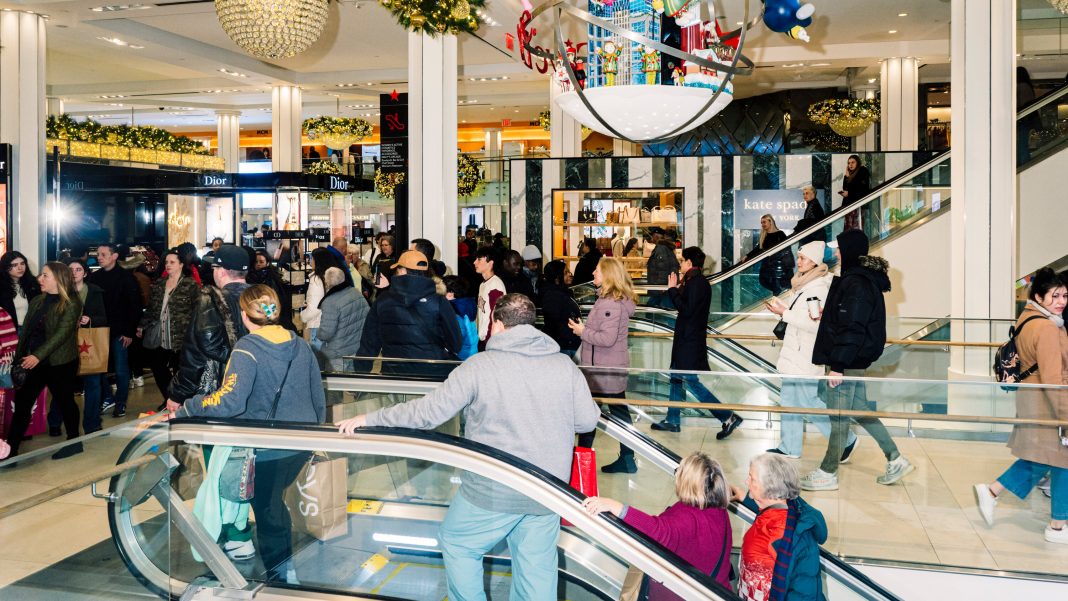 Manhattan’s real estate market is undergoing a significant shift, with apartment prices falling and inventory rising, making it more favorable for buyers. Reports indicate that the average sales price for real estate in Manhattan has dropped by 3% to slightly over $2 million, while the median price has fallen by 2% to $1.2 million. Luxury apartments have also experienced a decline in prices for the first time in over a year.
Manhattan’s real estate market is undergoing a significant shift, with apartment prices falling and inventory rising, making it more favorable for buyers. Reports indicate that the average sales price for real estate in Manhattan has dropped by 3% to slightly over $2 million, while the median price has fallen by 2% to $1.2 million. Luxury apartments have also experienced a decline in prices for the first time in over a year.
This downward trend can be attributed to an increase in the number of apartments available for sale, which are also taking longer to sell. Currently, there are over 8,000 apartments for sale in Manhattan, surpassing the 10-year average of around 7,000. According to Jonathan Miller, CEO of Miller Samuel, this surplus of inventory has led to a 9.8 month supply of apartments for sale. A supply exceeding 6 months indicates an excess and signifies a buyer’s market.
These falling prices and the growing number of unsold apartments in Manhattan contrast with the national real estate landscape, where prices continue to rise due to limited supply. Experts believe that the high prices seen in Manhattan after the Covid-19 pandemic were unsustainable, leading both buyers and sellers to adjust to a higher interest rate environment.
Miller explains that buyers and sellers are becoming less patient and more willing to make a move as the gap between their expectations narrows. This change in sentiment has resulted in an increase in closed deals, with 2,609 sales recorded in the second quarter, marking the first sales rebound in two years.
High rental prices in Manhattan are also playing a role in driving sales. The average monthly rental price for apartments remains above $5,100, and rents tend to rise during late summer. Many potential buyers who were previously renting are now opting to buy, hoping that interest rates will decrease by the end of 2024 or early 2025.
However, it’s important to note that mortgage rates have a less significant impact on Manhattan real estate compared to the rest of the country, as most sales in Manhattan are made in cash. In fact, 62% of deals in the second quarter were all cash transactions.
While prices have fallen across all segments of the Manhattan real estate market, the luxury segment has been particularly affected, as affluent buyers are delaying their purchases until after the uncertainty of the elections. The median sale prices for luxury apartments, which represent the top 10% of the market, have decreased by 11% in the second quarter. The inventory of luxury apartments listed for sale has also surged by 22%.
Miller suggests that this weakness in the high-end segment could either be the start of a trend or a temporary occurrence. The second half of the year will provide more clarity on the direction of the market.
In conclusion, the Manhattan real estate market is currently favoring buyers, with falling prices and increased inventory. This shift can be attributed to a surplus of apartments for sale and a decrease in buyer and seller expectations. While high rental prices are encouraging some renters to transition into homeownership, the impact of mortgage rates is less pronounced in Manhattan due to a higher percentage of cash transactions. The luxury segment is experiencing the greatest decline in prices and an increase in inventory, potentially linked to uncertainty surrounding the upcoming elections. It remains to be seen whether this weakness will persist or if it’s just a temporary fluctuation.


